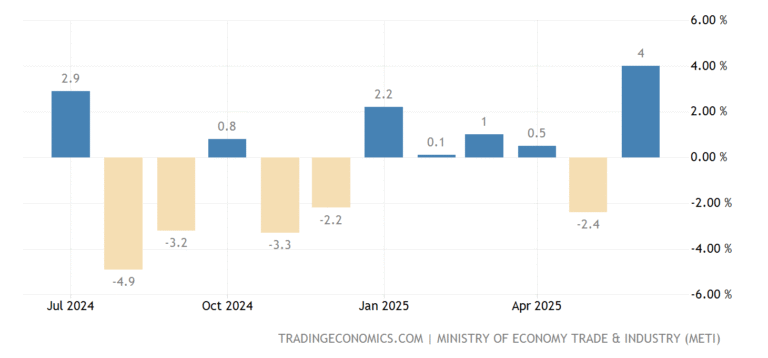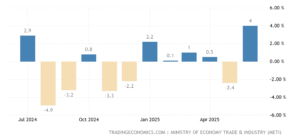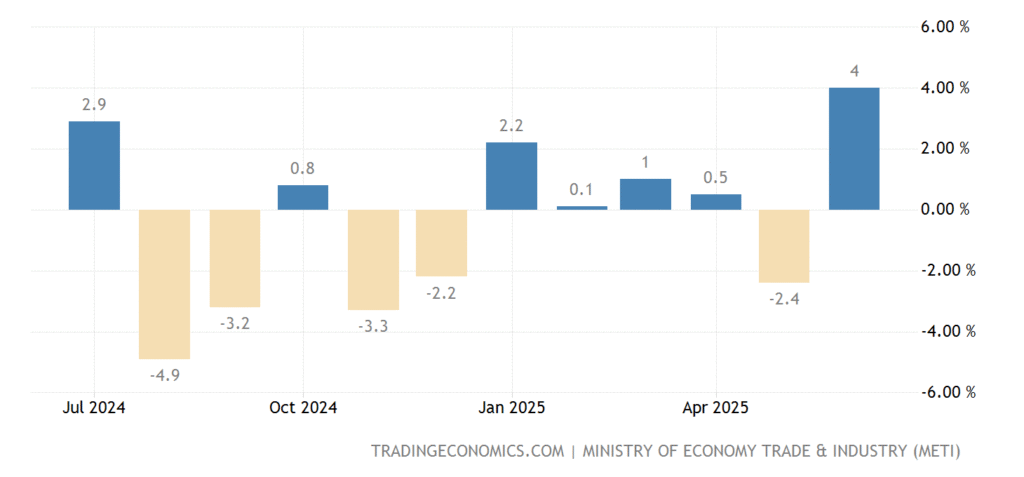Global markets experienced notable volatility on February 11, 2025, as gold prices surged to record levels while stock indices showed mixed performance amid growing uncertainties over international tariff policies. Investors are carefully weighing the potential economic repercussions of recent trade negotiations and policy announcements, which have injected fresh caution into financial markets worldwide.
Gold Shines as a Safe Haven Amid Trade Tensions
On Tuesday, gold prices reached an all-time high, climbing past $2,200 per ounce in response to escalating concerns over trade disputes between major economic powers. The precious metal’s ascent reflects its traditional role as a safe haven asset during periods of geopolitical or economic uncertainty.
“Gold’s rally is a clear signal that investors are seeking shelter amid rising tariff tensions,” noted Maria Andersson, a senior commodities analyst at Nordic Finance Group. “With tariffs still unsettled, the risk appetite remains low, pushing demand for gold as a store of value.”
The surge in gold coincides with recent reports indicating that key economies, including the United States and the European Union, have yet to finalize agreements on tariff adjustments affecting critical sectors such as technology and manufacturing. These unresolved issues have amplified concerns about potential disruptions to global supply chains and international trade flows.
Stock Markets Show Divergent Trends
While gold climbed steadily, global stock markets displayed a patchwork of performances on February 11. The US S&P 500 index closed marginally lower, dragged down by technology and industrial sectors sensitive to trade policy shifts. In contrast, Asian markets like Japan’s Nikkei 225 experienced modest gains, buoyed by expectations of easing tariffs on electronics exports.
European markets reflected mixed investor sentiment as well. The FTSE 100 in London slipped by 0.3%, hindered by uncertainty in the automotive and manufacturing industries, which are vulnerable to tariff fluctuations. Meanwhile, Germany’s DAX index held relatively steady, supported by strong earnings reports from key industrial companies.
“Markets are walking a tightrope,” said Julian Lee, Chief Market Strategist at Horizon Capital. “Investors are trying to balance optimism over potential trade agreements with caution about prolonged tariff conflicts. This uncertainty is creating pockets of both buying and selling across sectors and regions.”
Trade Policy Remains the Key Driver
The core driver behind the market’s mixed reactions remains the evolving stance on global tariffs. Negotiators from major trading blocs continue to engage in talks to recalibrate tariff rates, particularly on technology components and agricultural products, which have been hotspots of contention.
The uncertainty surrounding these negotiations has led several multinational corporations to delay investment decisions and reassess supply chain strategies. For instance, electronics manufacturers in South Korea and Taiwan have reported caution in ramping up production until clearer tariff frameworks emerge.
“Trade policy is the biggest unknown for markets right now,” explained Laura Chen, an economist at the Asia-Pacific Economic Forum. “Any significant shifts could either relieve pressure and boost growth or exacerbate supply chain disruptions and inflation concerns.”
Impact on Currency and Commodity Markets
The tariff uncertainties have also influenced currency markets, with safe-haven currencies like the Swiss franc and Japanese yen strengthening against the US dollar. This movement further reflects investor anxiety and a preference for stability amid geopolitical ambiguity.
Additionally, commodity markets beyond gold have felt the ripple effects. Industrial metals such as copper and aluminum saw price fluctuations tied to expectations of changes in tariffs impacting manufacturing demand.
Outlook: Cautious Monitoring Ahead
Looking forward, market participants are advised to remain vigilant as ongoing updates from trade talks and policy announcements are likely to drive further volatility. Analysts highlight that clarity on tariff frameworks will be critical for stabilizing investor sentiment and enabling more confident capital allocation.
“Investors should brace for continued swings in asset prices as the trade situation evolves,” said Andersson. “Diversification and a focus on quality assets like gold may be prudent strategies in the near term.”
The Independent Scope will continue to monitor developments closely and provide timely updates on how tariff policies and geopolitical factors shape global financial markets.
This article is for informational purposes only and does not constitute financial advice.












